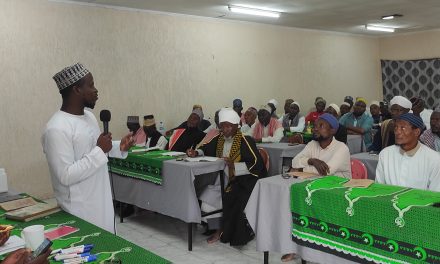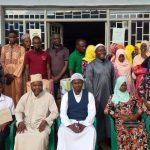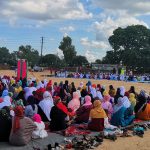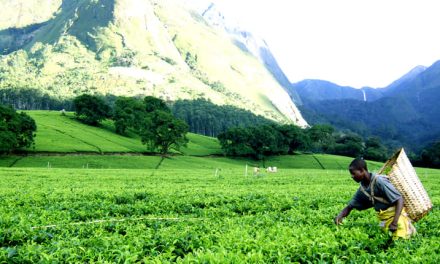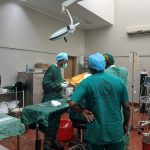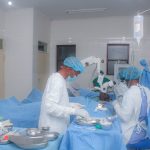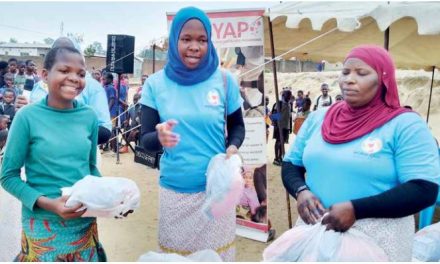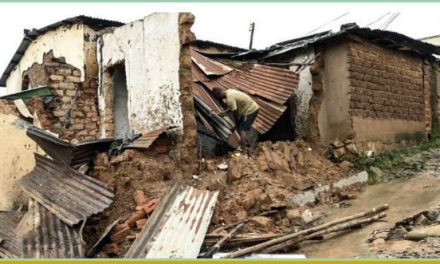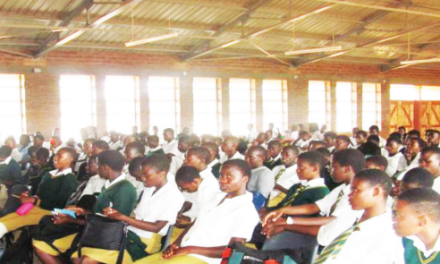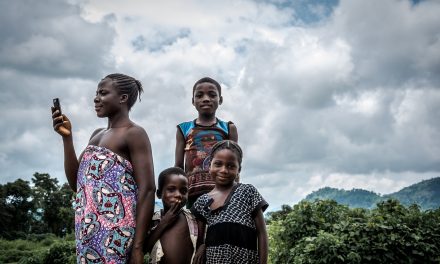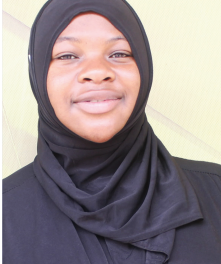
President Lazarus Chakwera Launches 2022 AIP In Dedza
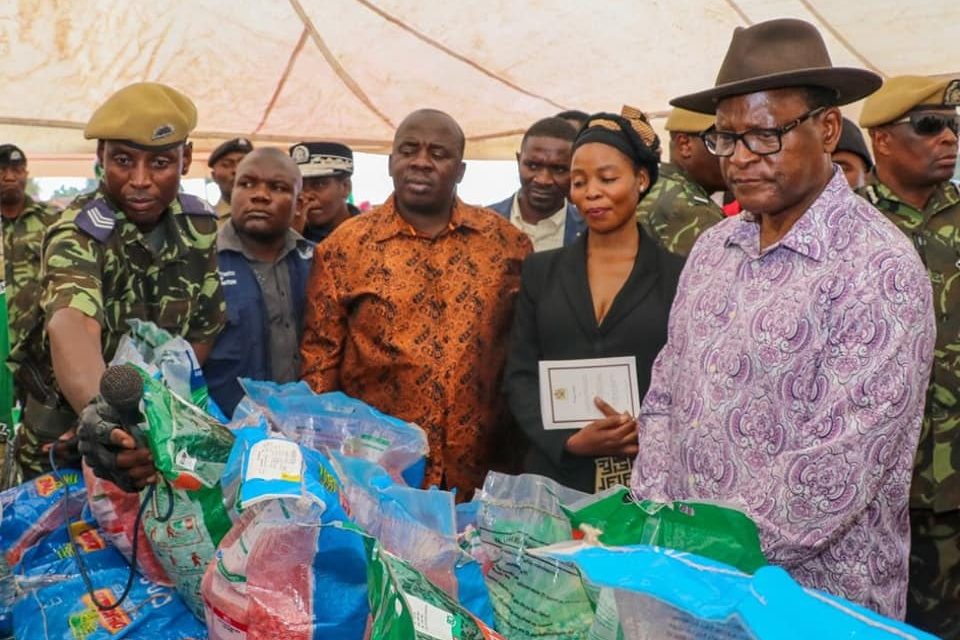
This year’s Affordable Inputs Programme – AIP launch took place at Maonde Primary School Ground in the area of Senior Chief Kachere, Dedza District on November 19, 2022.
Launching the programme Malawi’s president Dr. Lazarus Chakwera stated in his speech that despite
the Russian-Ukraine war affecting fertilizer prices and availability globally, his government made efforts
to ensure that smallholder farmers in the country could access cheap fertilizer.
President Chakwera also refuted reports that he is involved in the K750 million misprocurement of Affordable Inputs Program (AIP) fertilizer.
Chakwera said the Attorney General is following up on the issue of the funds to be returned to Malawi.
“Let me also warn about the sale of AIP fertilizer to neighboring countries, as this time around we are working with the police and the Malawi Defense Force to tighten security,” he said.
He further said that many people did not want the program to take shape because government eliminated the use of middlemen to buy fertilizer and went on to purchase straight from manufacturers to avoid complications and expressed optimism that the Affordable Inputs Program, together with other poverty alleviating programs like social cash transfer and public works, have the potential to end hunger
and reduce poverty in the country.
The Minister of Agriculture, Sam Kawale, told Parliament that government will use three sources of fertilizer in the 2022–2023 AIP program.
The sources include 10 thousand metric tons of fertilizer donation from the Moroccan government, 20
thousand metric tons of fertilizer from the African Development Bank that is to be procured through a loan, and another 20 thousand metric tons from the World Food Programme (WFP).
Kawale, therefore, indicated that a raw material called “Muriate of Potash (MOP)” will be used to blend
the 10 thousand metric tons from the Moroccan government to produce 42 thousand metric tons of NPK fertilizer.
The retailing of the fertilizer will be done by the Smallholder Farmers Fertilizer Revolving Fund of Malawi (SFFRFM) in both its permanent and temporary shops and ADMARC depots.
Kawale also announced the introduction of mobile vending to sell AIP fertilizer, which, according to the
minister, will ease access to the inputs.
“Fertilizer prices globally have gone up due to the COVID-19 pandemic and the Russia-Ukraine war which has, as a result, led to some changes in this year’s AIP as government resorted to reducing number of beneficiaries to 2.5 million,” he said.
He said the farmers who will benefit from this are expected to make a contribution of K15, 000, while
Government will contribute K50, 000 on the 50kg bag.
He said, those who are left out, will benefit from social cash transfers, smart climate public works, and
various Agricultural Commercialization – AGCOM projects.
Concerning the country’s current hunger situation, President Chakwera said that the government has
already sourced funds to purchase relief maize, and that distribution has already begun in other districts
through the Department of Disaster Management Affairs – DoDMA
The President also appealed to the beneficiaries not to be enticed to sell their fertilizer to traders, saying they have the responsibility to ensure that they use the inputs in their fields in order to meaningfully benefit from the initiative.
According to Richard Chimwendo Banda, Chairperson of the AIP committee, the Russia-Ukraine war and the COVID-19 pandemic have caused commodity prices to skyrocket because Russia supplies the majority of the fertilizer used in the country.
He then disclosed that government is spending at least K45,000 per bag of fertilizer and K5,000 on seeds just to ensure that local farmers afford the farm inputs.
Senior Chief Kachere commended government for continuing with the AIP, saying this has assisted to promote food security among poor farming households that could not afford to purchase farm inputs.
In the 2022–2023 AIP, about 52,000 metric tons of fertilizer will be distributed to over 2.5 million farming households.



